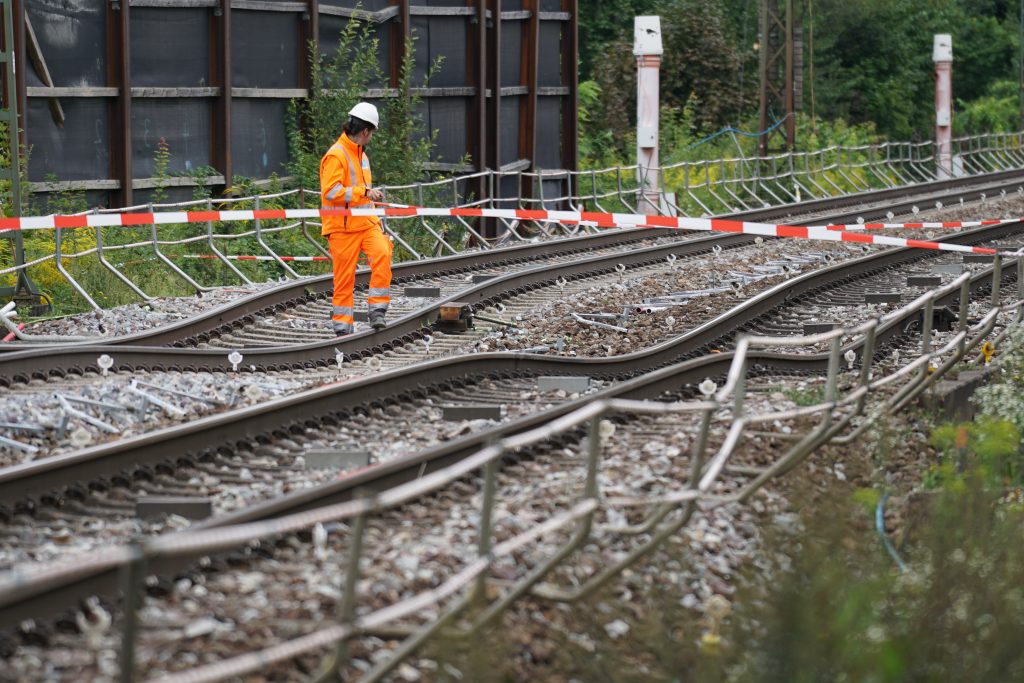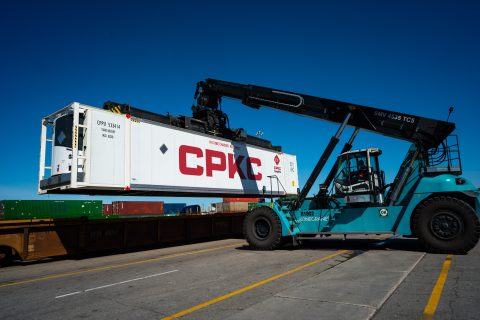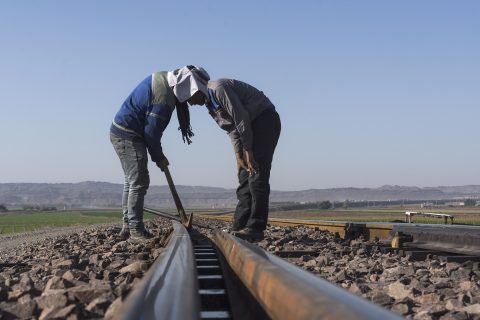Karlsruhe-Basel section reopened, industry demands compensation

The disrupted railway line between Karlsruhe and Basel is open for traffic from today, after nearly two months of limited capacity on Europe’s main north-south artery. However, it will take time before services are back to normal, rail operators have already warned. On Friday, thirty rail and logistics associations sent an Open Letter to the European Commission and the Transport Ministries of all European countries, urging the need for financial compensation.
Restoring to normality will not be an easy task, pointed out Hupac, a leading intermodal transport operator on this corridor. The company took several steps last week to resume operations as quickly as possible. “Priority will be given to move heavily delayed trains. Some trains on alternative routes this weekend were canceled, in order to re-position locos and wagon sets for a clean start today.”
Financial relief
Thirty parties are asking for immediate financial relief for the affected railway undertakings and the combined transport sector players, including its users, The Open Letter states: “To accelerate the process of paying compensation, the German authorities should clarify as quickly as possible the liability issue surrounding the Rastatt disaster.” It also points out that additional costs incurred by the diversion of trains should not be included in the access charges paid by railway undertakings. Infrastructure managers should have financial incentives to assure suitable compensation in cases like the Rastatt disruption.
“The damage is huge; think of loss of revenue, higher cost and unhappy customers”, Hupac commented. “The sector needs quick help to overcome this hard blow. In the last weeks we were focused on crisis management, in order to offer continuity to our customers. But of course we will also have to deal with the legal and financial side of the story.”
In the Open Letter, the parties also propose several measures to avoid a repeat of a disaster of this scale, both in terms of duration and its impact on international services. A line with daily traffic of 200 freight trains must offer stand-by routes of at least 75 per cent of the normal volume. The interoperability of the European rail network must be strengthened, in terms of language barriers and ETCS, operational rules and safety certificates. Moreover, the parties vie for strong corridor management, with essential operational tools to efficiently manage traffic and optimise capacity during traffic disturbances.
Rail freight disaster
On the 12th of August, water and soil penetrated part of the new Rastatt tunnel in Germany. As a result, the ground subsided and the railway tracks above the tunnel warped. The consequences for the rail freight sector have been immense. The Karlsruhe-Basel railway line is part of the important north-south corridor connecting the ports of Rotterdam, Hamburg and Antwerp with Switzerland and Italy. Alternative routes only became accessible gradually and were subject to limited availability. As a result, many operators faced delays and an accumulating backlog of cargo that could not be delivered.
According to earlier plans, traffic along the corridor would not be resumed until the 7th of October. However, on the 14th of September Deutsche Bahn announced that services would be made available five days earlier. The infrastructure manager and the constructing companies had succeeded in optimising the logistical use of personnel and machines and therefore, completed the work earlier than planned.
Opening earlier
The reopening of the line five days earlier than expected has provided some relief, as every day since the line closure accounted for major losses within the rail freight industry. According to Dutch lobby organisation RailGood, the damage ran into a rough five million Euros per week right after the accident happened. This excluded indirect consequences such as damage claims from end-customers or reputation damage.
“In the first weeks our rail partners experienced severe operational problems that led to delays of several days in some cases. In the last of couple of weeks the situation evolved very positively. We were able to offer solutions with re-routings, barge and road bridges for transalpine traffic to Basel and Singen in increasing proportions. The reopening of the line a few days earlier than expected provided additional relief”, Hupac commented.
You just read one of our premium articles free of charge
Want full access? Take advantage of our exclusive offer






